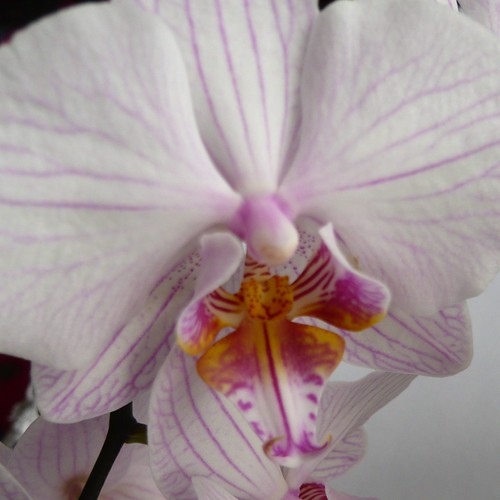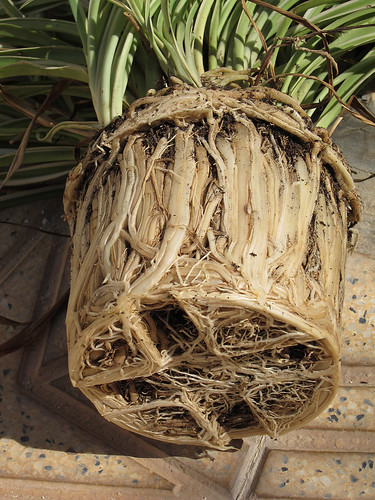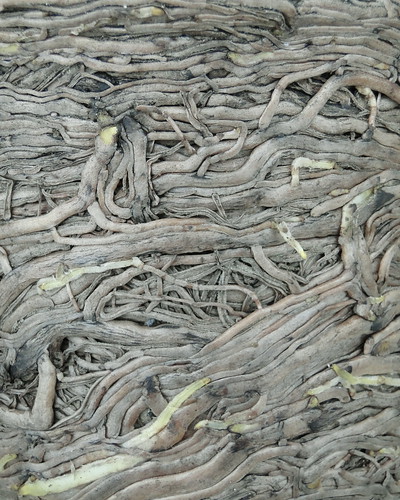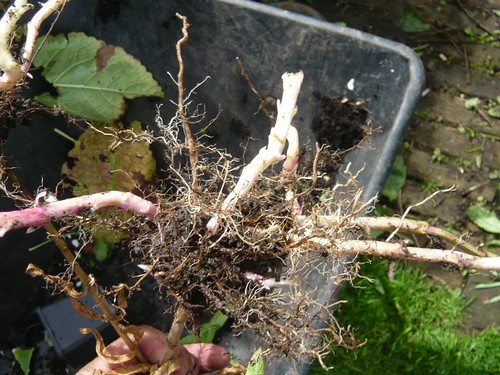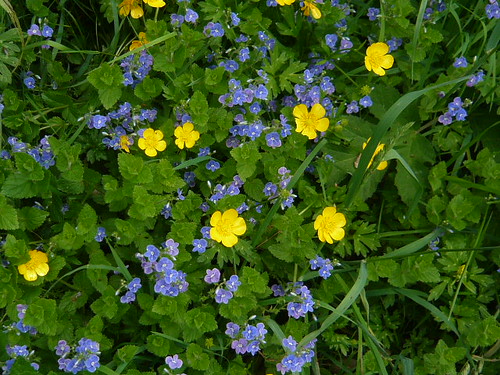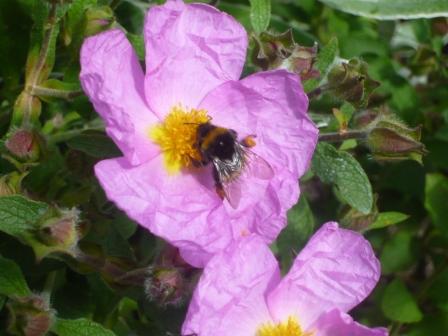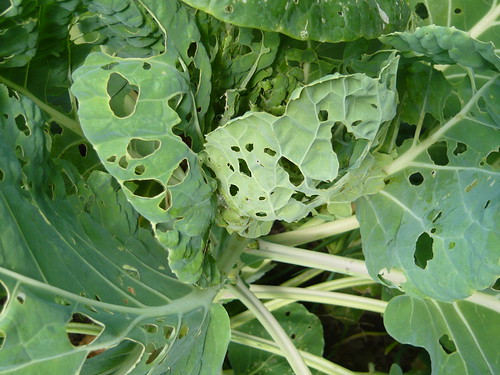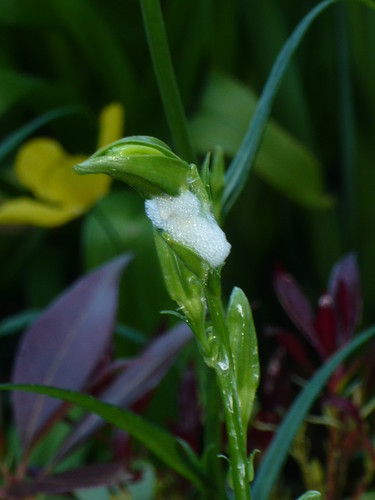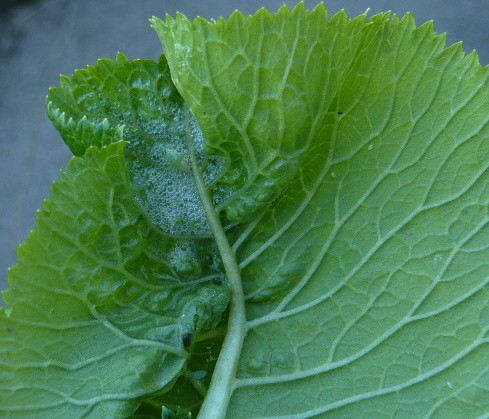I am not anti ant but aren’t you glad ants are only small or with their organisation and strength they could rule our gardens.
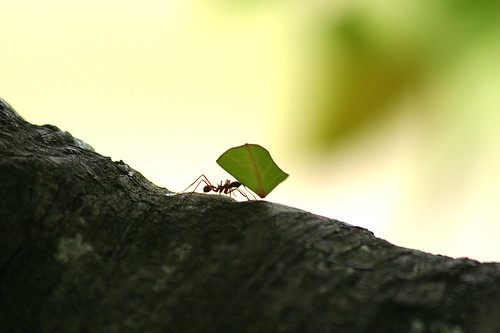
Photo by David Dennis CC
Ant at work. You have to admire the industry and organisation of ants.
Ants will be a common feature of any garden. To some extent, there is not much you can do about ants. In the garden they are a nuisance, but, sometimes it is just easier to live with them. Ants are more of a problem when they come into the house.
In the garden, you will notice ants, when areas of fine soil are created. (This actually makes very good topsoil). They are unlikely to do much lasting damage to your plants.
Generally, in the garden, I prefer to just tolerate ants, it isn’t really necessary to start using chemicals to kill them.
In the house they are more of a nuisance. But, before resorting to chemicals, simply try to block their entrances and keep areas clean of food.
Ants and Aphids
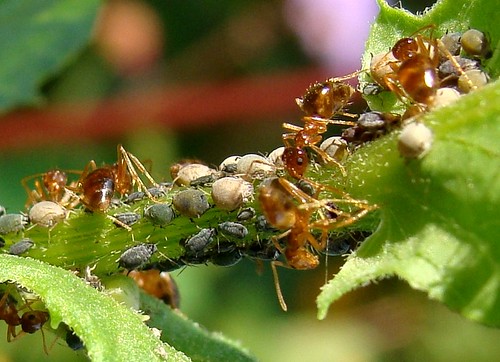
Photo by Martin Labar CC
This image shows ants and aphids working together. Ants are often attracted by aphids for the juice they excrete. In return, ants help protects aphids from predators.
How to Deal With Ants
- Ants follow trails of food. Make sure you don’t have trails of food to your house
- Ants do not manage to cross sticky substances. Using a jelly or slippery grease will prevent ants climbing in.
- Often the easiest and most effective way of preventing ants entering in the house is to locate the hole where they are managing to enter. (Often ants follow a trail and you can see them returning out the same way they came – carrying food with them.)
- If you find a colony of ants in a plant pot, you could drench the pot with water. (though make sure you don’t drown your plants.
- Boiling water on an ant hill may also kill many of the ants in their. Though in the garden it might not be worth it.
- Use Chemical pesticides.

Ant Spray at Amazon.co.uk
